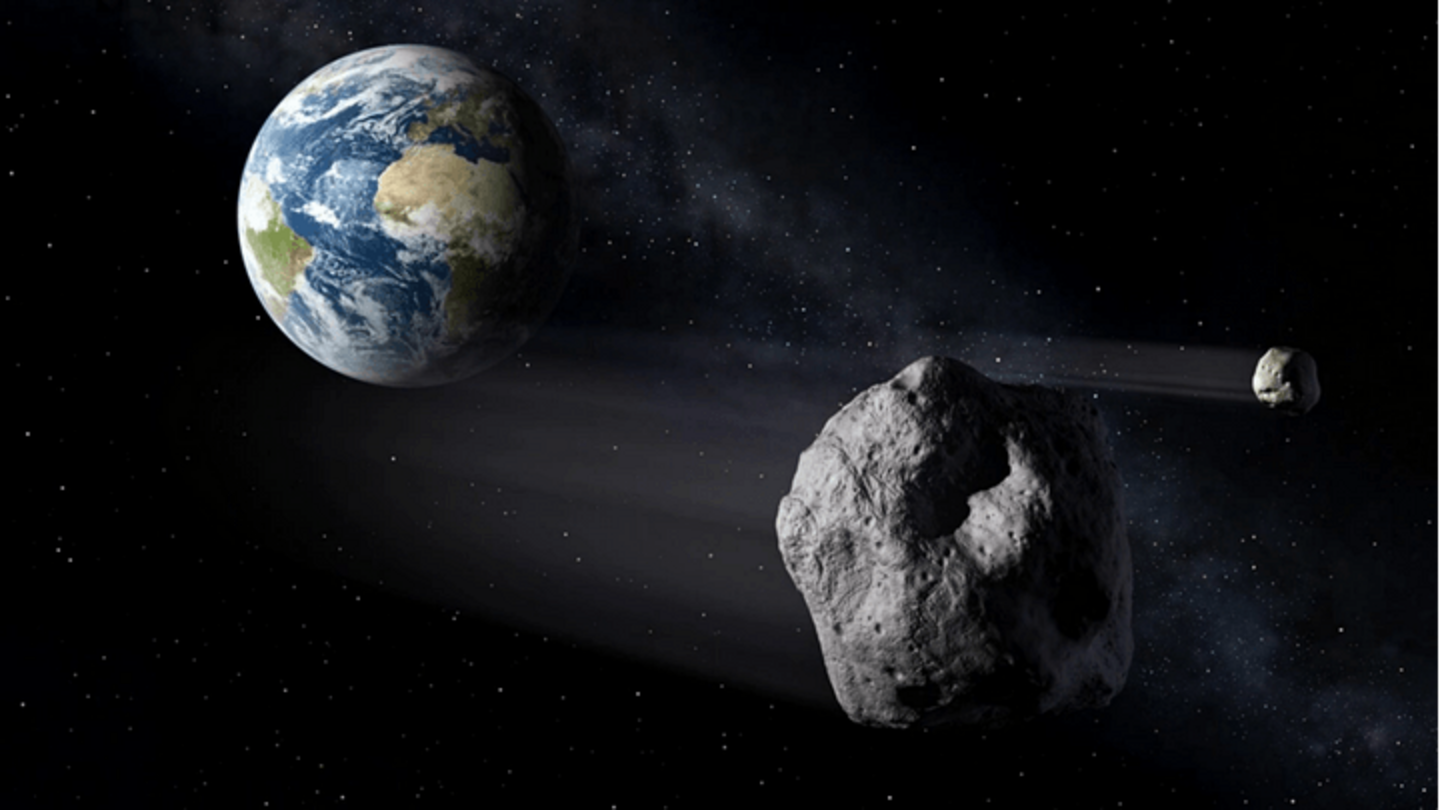
220-feet asteroid will fly past Earth today, reveals NASA
What's the story
A 220-foot Asteroid, called 2022 WP11, is headed toward Earth today. According to NASA, the airplane-sized space rock will come as close as 4.5 million kilometers to the Earth at 12:44 pm UTC (6:14 pm IST) and will be traveling at a speed of 17.3km/s. 2022 WP11 belongs to the Apollo group of asteroids and was discovered on November 30.
Context
Why does this story matter?
Typically any space object larger than about 150m, and which can approach Earth within 7.4 million kilometers, is considered potentially dangerous. Fortunately, asteroid 2022 WP11 is not expected to cause any harm. Several asteroids are found in a region between Mars and Jupiter called "the main belt" and they frequently pass between the Earth's and Moon's orbit, making a few close calls.
Details
Asteroid 2022 WP11 takes 1,004 days to complete one orbit
Asteroid 2022 WP11 measures approximately 220 feet in width and is located in the constellation Auriga. The space rock takes 1,004 days to complete one orbit around the Sun. Its perihelion or the nearest point to the Sun is 147 million kilometers while the aphelion, which is the farthest point from the Sun, is 440 million kilometers.
Facility
How does NASA manage to track asteroids?
The Center for Near Earth Object Studies (CNEOS), managed by NASA's Jet Propulsion Laboratory, performs characterizations of the orbits of all known NEOs. It is responsible for estimating their close approaches with Earth and makes comprehensive impact hazard assessments. Furthermore, an automated impact-monitoring system called Sentry documents discoveries of new asteroids and carries out long-term analyses for possible future orbits of hazardous asteroids.
DART mission
NASA recently tested a defence mechanism against dangerous asteroids
One of NASA's recent endeavors was the Double Asteroid Redirection Test (DART) mission, which involved testing a planetary defense method against near-Earth objects (NEOs). The spacecraft rammed into a small asteroid called Dimorphos on September 26 and successfully altered the path and the orbital time of the asteroid. DART is the first-ever space mission to demonstrate asteroid deflection by a kinetic impactor.